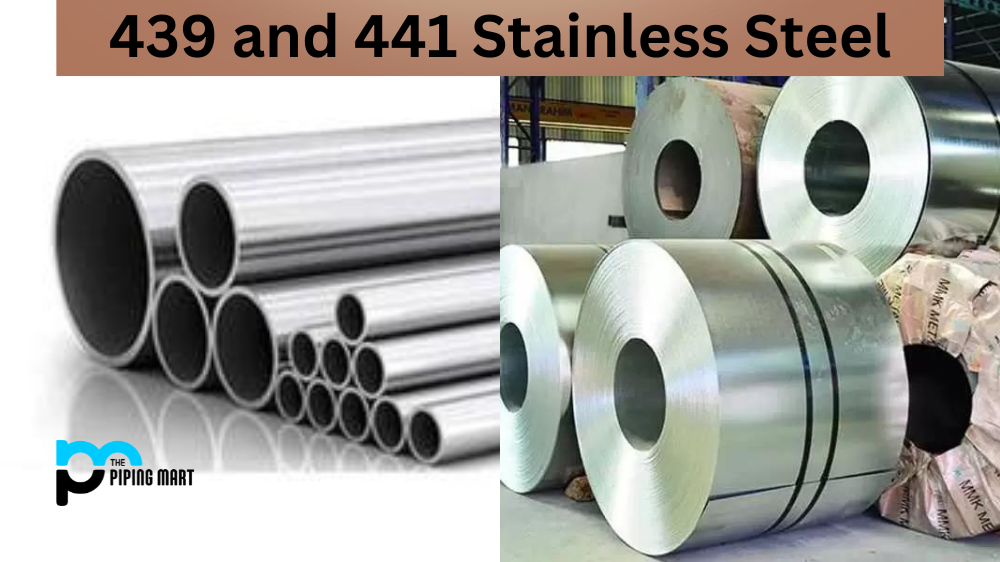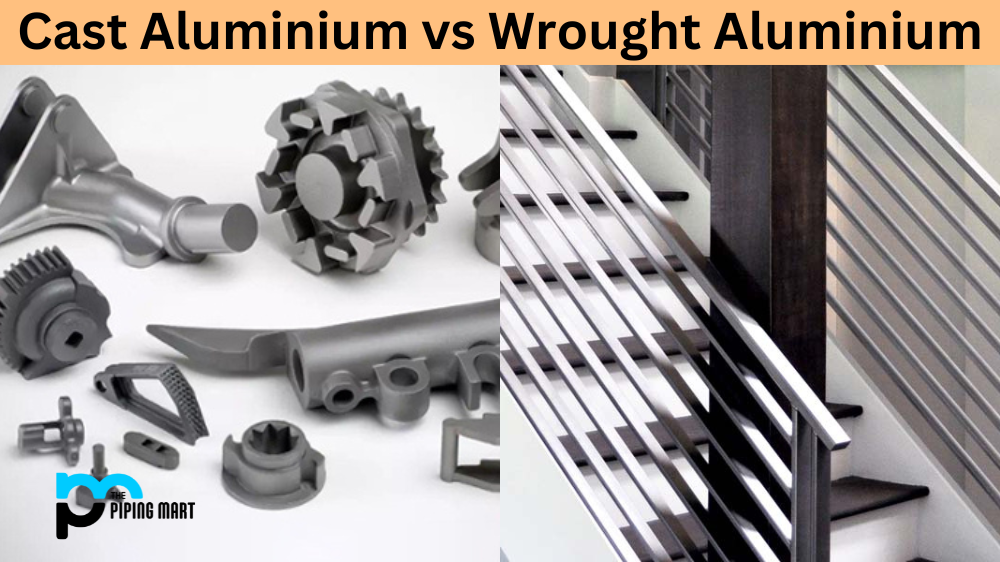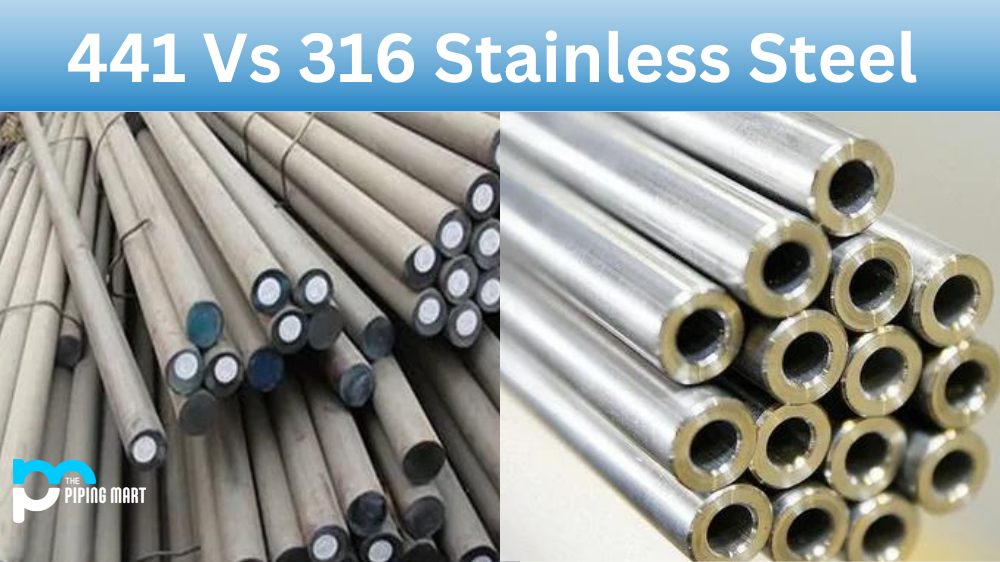Stainless steel is an essential material in a wide range of industrial and household products due to its durability, versatility, and resistance to corrosion. Among the many stainless steel grades available, two that often confuse buyers are 439 and 441. While they may sound similar, these grades’ significant differences impact their performance and suitability for specific applications. In this blog post, we will explore the differences between 439 and 441 stainless steel to help you decide when choosing the right material for your needs.
Difference Between 439 and 441 Stainless Steel
Composition and Properties
The composition of stainless steel determines its mechanical and physical characteristics, such as strength, ductility, and corrosion resistance. 439 and 441 stainless steel differ in their composition, with 439 being a ferritic grade containing 17% chromium and 1% titanium, while 441 is a ferritic grade containing 18% chromium, 0.5% niobium, and 0.5% titanium. Niobium in 441 enhances its corrosion resistance, making it more suitable for applications exposed to corrosive environments, such as automotive exhaust systems and outdoor appliances.
Weldability
Weldability is crucial when selecting stainless steel for fabrication and welding applications. Both 439 and 441 exhibit excellent weldability, but 441 has the edge due to its higher niobium and titanium content. These elements promote grain refinement and reduce the formation of intergranular residues that can cause weld embrittlement and corrosion issues. As such, 441 is preferred for applications where welding is critical, such as manufacturing exhaust systems and architectural trim.
Formability
Formability refers to the ability of stainless steel to be shaped and bent without cracking or tearing. 439 and 441 have similar formability levels, but 441 again has a small advantage due to its higher niobium content, which makes it less prone to stress corrosion cracking and distortions during forming. For this reason, 441 stainless steel is ideal for applications that require intricate forming and shaping, such as automotive parts, kitchen utensils, and decorative trims.
Cost and Availability
Cost and availability are critical factors in any material selection process. 439 stainless steel is generally cheaper than 441, making it a popular choice for lower-end applications that do not require high corrosion resistance. However, 441 stainless steel is still competitively priced and widely available, especially in regions with a high demand for automotive exhaust systems. As such, the choice between 439 and 441 often depends on the application’s specific performance requirements and budget constraints.
Environmental Impact
Finally, it is worth noting that both 439 and 441 stainless steel are environmentally friendly options due to their recyclability and long lifespan. However, 441 has a slightly lower environmental impact than 439 due to its lower carbon footprint, greater energy efficiency during production, and fewer emissions of harmful pollutants. As sustainability becomes increasingly important for businesses and consumers, choosing 441 stainless steel over 439 can offer a competitive advantage in certain markets.
Conclusion
In summary, 439 and 441 stainless steel are two widely used ferritic grades that differ in composition, properties, and suitability for various applications. While both exhibit good weldability and formability, 441 offers higher corrosion resistance, lower environmental impact, and slightly better welding and forming operations performance. On the other hand, 439 is a more economical choice for low-end applications that do not require high resistance to corrosive environments. By understanding these differences, you can select the right stainless steel grade for your needs and ensure optimal performance and longevity of your products while reducing your environmental footprint.




